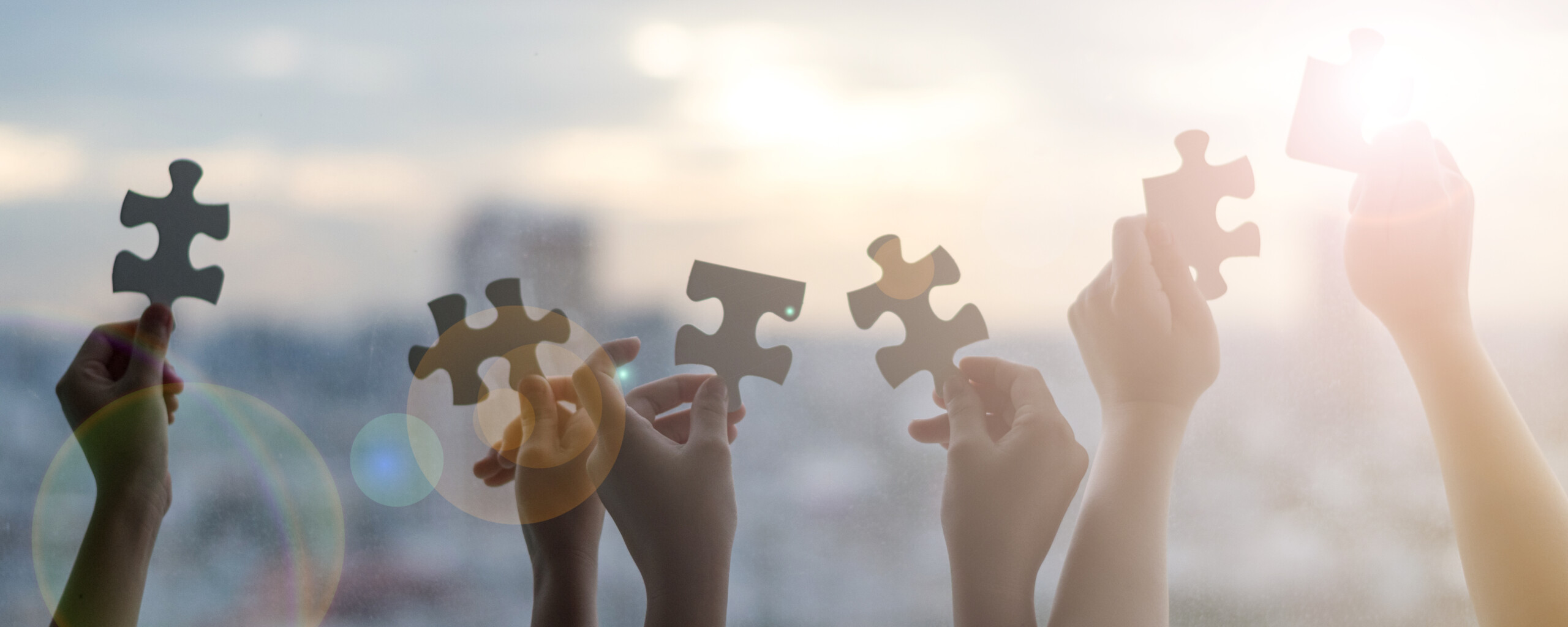It’s all but a certainty that before a child receives services related to his autism through the public school system, he will be subjected to a barrage of evaluations that will include a test of his IQ (intelligence quotient).
More accurately put, this is a test of cognitive and verbal intelligence that will not be standardized to the type of language deficits common to autism. Therefore, many parents will find the results to be a wildly inaccurate reflection of the actual abilities their child demonstrates in “real life.”
It’s likely that much less emphasis will be placed on his social and emotional intelligence. And social and emotional intelligence is very possibly a bigger determinant in your child’s long term success in life than cognitive intelligence.
A New Priority
 Many of us know children with autism whose cognitive intelligence approaches genius level IQ. Now it is time that we begin to take the position that the teaching of social and emotional skills is as much a priority as is cognitive learning. The skills embodied by social and emotional intelligence include:
Many of us know children with autism whose cognitive intelligence approaches genius level IQ. Now it is time that we begin to take the position that the teaching of social and emotional skills is as much a priority as is cognitive learning. The skills embodied by social and emotional intelligence include:
Perspective-taking: being able to identify feelings in both himself and others, understanding and managing the link between his feelings and his words and actions, and experiencing empathy as both the ability to care about another and being able to demonstrate that caring in an appropriate manner.
Forming and sustaining relationships: understanding the context of different relationships and that all relationships are matters of degree. It includes the skills needed to be able to learn and work as part of a group.
Managing feelings and moods, especially negative ones: being able to deal with anger, jealousy, grief, hatred, embarrassment, resentment, boredom or fear proactively, and learning to recognize and control impulsivity.
Teaching Opportunities
Opportunities to teach your child or student to develop his social and emotional intelligence come from our own personal experiences and from the events that unfold in our community and the world at large. They can be gleaned from stories and books we read and from the movies, TV shows and commercials we watch and hear.
For the child with autism, starting to teach social competence from as early an age as possible is an imperative. There are many ways to weave social-emotional awareness into everyday life. It starts with being a positive role model. “Show ‘n’ tell” is popular with young children because it works. Modeling empathy, friendship and anger management through your own behavior gives your child something concrete to emulate.
Talk about feelings in your daily life. Tell your child how you feel, ask her how she feels. Ask her how she thinks others might feel in given situations. Talk about how facial expressions and body language convey feelings, and call attention to these kinds of communication when they occur, both in her daily routine and in television or movies.
Help him build a vocabulary of words describing emotions and feelings. When your child tells you he is feeling bad, probe deeper. He’s taken a great first step in self-advocacy, but it is even more helpful if he can tell you that “bad” means confused, angry, hungry, frustrated, physically unwell, sad or anxious.
Acknowledge and reward progress and effort, however small the increment. Tell her, “I like how you let Evan go first” — even if she did it under duress and complained for a full 10 minutes without taking a breath.
If your child is a visual learner, as are many children with autism, he will need more than just discussion for such abstract concepts to take root. Look for graphic materials that promote social competence. These might include computer games, board games, DVDs, books, children’s museum exhibits. Come back to the material again and again, have it be the same each time, and keep it in front of him for as long as he needs to study it.
A Feelings Journal
Encourage your child or student to keep a feelings journal. One sentence or drawing a day or a few times a week is enough to start. If she isn’t writing yet, she can dictate to you, talk into a recording device or even just paste facial expression stickers on a blank calendar.
Part of the journal might be a running list of people, places and activities that inspire positive emotions in her. She might also include a list of people, places and activities that provoke negative emotions. This list can be a good starting point for a discussion of how to avoid or cope with troubling persons or situations.
If you keep an emotions journal or calendar too, you may be surprised what you learn about your relationship with your child or student.
Focus on Compliments
Incorporate into everyday life a focus on giving compliments at home or in the classroom. Provide a bulletin board or large jar where family members or classmates can post or deposit compliments. Set time aside to read compliments and applaud.
You can model compliment-giving for your child by imposing an informal quota on yourself. Many educators and psychologists today advocate a 4-to-1 praise-to-criticize ratio as ideal for encouraging children to maintain a behavior. To change behavior, data suggests the ratio may be closer to 8-to-1.
Pay attention for a day, and if you find yourself criticizing more than you compliment, try to shift your focus. Actively looking for things about your child to compliment will only increase your awareness of all that is admirable in him, despite his struggles.

Being There
Remember that the most important tool you can give your child in the long process of learning empathy and self-regulation is strong, stable relationships with the key adults in his life.
It’s important to reflect upon how your child learns and grows. Yes, he learns by doing, but long before he can do that, he learns and responds to his environment in the context of how it feels to him.
We all know from personal experience that emotions can and do sometimes overtake logical thought or action. All the education and therapy you layer on your child will not make a difference unless you are there emotionally.
The five most important words you can say to him: “I am here for you.” In the midst of all that doing for him, make time for just being with him.
Ellen Notbohm is author of Ten Things Every Child with Autism Wishes You Knew (Future Horizons, $14.95) and three other award-winning books on autism.






